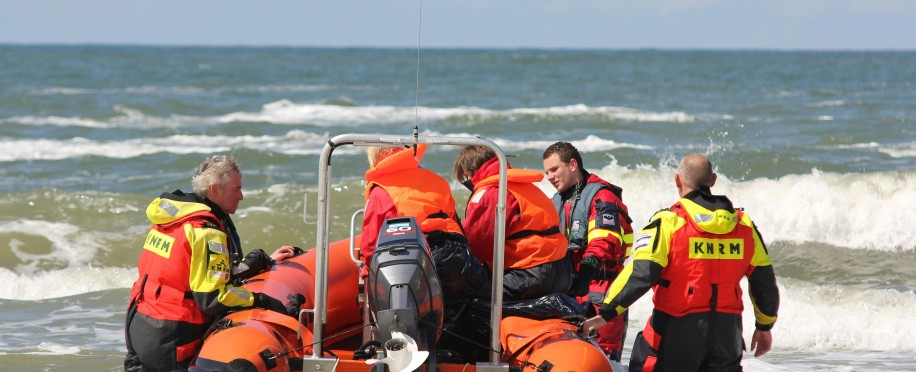Copyright © 2025 lmitac.com All Rights Reserved. Contact - Terms and Conditions - Privacy Policy - Quality Policy - Become an instructor - Vacancies - Sitemap
London Maritime Academy is a trade name for London Premier Groupversion: 2.9.0
London Maritime Academy is a trade name for London Premier Group

Posted on : 5/13/2025, 11:09:12 PM
In a world of increasingly complex and rapidly changing events, crisis management has become an indispensable skill for any organization seeking to survive, especially in sensitive maritime environments exposed to multiple threats. Organizations are no longer asking if a crisis will occur, but when, where, and how. Therefore, a lack of preparedness can lead to catastrophic losses that not only affect infrastructure but also extend to the company's reputation and customer trust.
Moreover, imagine an unexpected incident on a cargo ship in the middle of the ocean, where there is no room for error or delay. At this moment, crisis management must transform from a written plan into a reality that saves lives, protects property, and keeps the organization afloat.
This article will introduce you to the stages, types, and components of crisis management, which is now an essential strategy for every maritime organization.
Essentially, crisis management refers to the processes and procedures organizations follow to respond effectively to critical events that jeopardize safety, reputation, or business continuity. In addition, it is a set of strategies designed to protect an organization from unexpected negative events, whether natural disasters, technological failures, or security threats. Crisis management includes the recognition of crises, development of action plans, and implementation of steps that minimize harm, while also involving readiness, training, and coordination with internal and external stakeholders.
Crises may result from disruptive events such as strikes, urgent situations, or even military incidents, all of which require rapid response and clear decision-making. The primary goal of crisis management is to mitigate damage, ensure safety, and restore vital operations, which demands that crisis management teams be thoroughly trained and equipped to handle incidents that endanger the company’s infrastructure, reputation, or services, while also relying on critical elements such as social media, emergency communication platforms, and post-crisis evaluation.
However, these crises, like others, undoubtedly include several types:
Of course, the importance of crisis management lies in its ability to preserve an organization's integrity during challenging times. It enhances crisis endurance, provides guidance for dealing with uncertainties, and reduces the negative impact on various stakeholders. In addition, crisis management improves the organization’s ability to react efficiently to threats, navigate urgent situations, and provide continuity of operations. This strategic approach includes training programs, lessons from past crises, and the use of consulting expertise for preparedness.
Crises undoubtedly threaten reputation, which in turn leads to a loss of trust from customers and investors alike. Therefore, adopting strategic communication and prevention plans is an effective method that can alleviate long-term damage. Crisis communication strategies must be grounded in transparency, credibility, and clear messaging.
Whether the cause is a financial crisis or oil spill modeling, a good crisis management plan minimizes the financial damage. The crisis management process should include financial impact assessment, business continuity protocols, and cooperation with credit institutions and government support offices to limit losses.
The organization can certainly continue to sustain services through proper strategies and implementation of emergency response protocols, as crisis management encompasses continuity strategies, recovery operations, and coordination with regional and national centers to maintain infrastructure and supply chains.
Transparent communication during crises contributes to building public trust, especially in cases such as seafarer abandonment. Involving news outlets, training personnel to handle public inquiries, and sharing clear information are foundational elements that must be supported by coordination among departments and with international bodies, such as NATO or national emergency centers, to guarantee an effective crisis management response.
According to experts in the field, the crisis management process goes through five main stages that any organization must follow to secure an effective response:
This phase begins with identifying hazards, analyzing possible threats, and providing training and awareness programs. So, the organization must assess potential impact, simulate emergency events, and undoubtedly formulate preventative strategies.
This is the immediate recognition phase of the crisis, analyzing the event, and determining its impact. Assessment entails using tools such as communication systems and scenario-based frameworks.
This includes implementing strategic procedures to mitigate harm and safeguard safety, during which crisis management teams definitely follow planned procedures, maintain coordination, and communicate with stakeholders as well.
This phase aims to reinstate operations to normal and includes post-event activities, such as repairing damage and restoring infrastructure.
Previous actions are evaluated and future plans are modified according to what has been learned, using models such as oil spill modeling to extract valuable insights. Ultimately, this aftermath-crisis phase contributes to greater preparedness and sustained organizational resilience.

Undoubtedly, building a successful crisis management plan requires the following:
The internal and external environment must be analyzed to identify potential threats. Tools like COE (center of excellence) and association guidelines can guide this stage.
This includes representatives from each major department: HR, IT, Legal, Operations, and leadership. In other words, the group must be trained, prepared, and able to respond to unforeseen threats.
Use specialized information platforms—such as critical event communication systems. Here, communications strategies must include press releases and internal channels.
Such as safety guidelines, evacuation plans, and backup systems. These procedures help reduce disruption and protect personnel .
On-the-job training is a best practice for employee development. Regular training programs, such as maritime safety courses in London, play a crucial role in cultivating crisis management skills and preparing personnel.
A plan is useless without testing, as periodic simulations should be conducted to improve performance. Furthermore, reviewing each step helps pinpoint gaps and enhance the crisis management plan.
The plan should also be documented in a CMP document that is easily accessible to all, and centers such as crisis centers or branches should be used to build efforts. Crisis management planning includes setting objectives, assigning roles, and monitoring the effectiveness of implemented strategies.
In the end, crisis management is more than a reaction—it is a strategic culture that empowers businesses to face emergencies with confidence. With proper planning and a skilled workforce, companies in the USA or elsewhere can ameliorate losses and protect all stakeholders.